1.1 Let us Meditate
Meditation enriches and gives more meaning to life. Meditation is a specialized technique to improve the mind. It was the Buddha who first taught us that the mind could be developed. He developed his mind to the highest level and taught us the way to develop our minds. We call this technique of mind development meditation. If you could practice this technique, you too could improve your mind rapidly. For this, you need the capacity to think and analyse. If you are unable to do this, it is not possible to improve your mind. Only a few people in this world can train and improve their minds. You, too, could count yourself among the select few. Learn and practice this with much commitment and attention. We can show you how to enjoy a new depth to your life.
The initial qualification for a successful meditation is your confidence in the Buddha’s knowledge. It is called “saddhā”. We believe that Buddha is the greatest teacher who developed the mind fully. We can only improve our minds when we follow guidelines set by a teacher who himself has improved his mind. The Buddha is the ultimate teacher for this purpose. Therefore, if you have confidence in the Buddha, learn his instructions well and conduct your life according to his guidelines, and you too can develop your mind through meditation.
When a person who has the capacity to think meets the “Dhamma”, the Buddha’s teachings, and is impressed by the Dhamma, it is called “khano” or momentous opportunity. This is very rare. The Buddha and his followers often said those who do not take advantage of this momentous opportunity suffer in hell. This life passes very quickly. We have a life that is subject to sickness. We have a life that is limited by death. Therefore, before we die, before we become terminally ill, before our faculties deteriorate, while we have mental alertness, while we have good hearing, while we still have the capacity to think and while we are able to understand, we must utilize this momentous opportunity. If you have confidence in the Buddha’s teachings and conviction in following his teachings, you have already obtained this momentous opportunity.
You have now been born into the human world. You have the ability to think. Along with this ability to think, you could improve the capacity to think as well. This means you listen to the Buddha’s teachings, the Dhamma; you are impressed by this Dhamma and you think, I must cultivate this Dhamma. From that moment, you have this momentous opportunity. Take advantage of this rare opportunity. However, be aware that it is the nature of the mind to sustain anything for long. Whether we try to practice virtue, self-control, or mind improvement, it becomes almost impossible after a while, and before we know it we are back where we started. You must understand this nature and have the determination to internalize the Dhamma. Think along the Dhamma and improve your mind according to the Dhamma.
The greatest change you will notice when improving your mind is that your virtue will rise. As your mind improves, you develop a certain personality, which gives rise to a certain noble quality called “dignity”. This quality can only enhance your life. It leads you away from jealousy and envy, and away from anger and revenge. You can be happy for the wellbeing of others as well as for yourself. These are the indicators of an improving mind. They can only be achieved through an improving mind. This is called a developed mind. Again, as your mind improves, you become a person with noble qualities. This means that you take pleasure in the wellbeing and good fortune of others and do not envy them. You take pleasure in others’ successes. You are genuinely pleased with others’ skills. These are the characteristics of a mind on the way to improvement, and they become evident within you. When it starts happening to you, you should understand that inside you there is a mind that is capable of being improved.
There are methods of meditation by which such a mind can be improved. These are the methods the Buddha taught. Meditation is a cause of action conducting the mind. Conducting our minds in a certain orderly fashion is called mediation. This orderly fashion of conducting our mind leads to purification of our inner lives. That alone can lead to our lives becoming gradually contented. You become increasingly more courageous as well as diligent. You prefer to be happy and content. All this will be a result of improving your mind.
We have lived a considerable time but our minds have yet to be improved. This is a huge failure in our lives. This opportunity we have found to avoid such a failure and improve our mind is one we must nurture and protect with our lives.
The ability to think freely is a very special and precious skill. You must have confidence that the Buddha’s method is a tried and true way of achieving an improved mind. You must have the confidence that this method is one you can do and that it would benefit you. Even if someone tries to discourage you from meditating saying, “no… no… you don’t have to meditate. There’s nothing you can gain from it. We don’t need any realization of life. You are a lay person. Meditation doesn’t belong to you,” you will immediately identify it as “wrong view”. You should be convinced that you are doing the right thing. Therefore, do not let the opinion of an outsider ruin your mind. You should have a strong confidence about the fact that you can realize this Dhamma. This requires unwavering dedication if you are to reap the benefits of the method. Based on this confidence, you will gradually arrive into the Gautama Buddha’s way.
As a result, your life will gradually become strong. You will be spiritually strong. You will develop a dignified character, which comprised of an ability to investigate details in a prudent manner without being misled by wrong opinions. Meditation will provide you with such a rare opportunity.
In the next section, we will present the methods of meditation and the hindrances to meditation, which a serious meditator must learn to recognize and overcome.
1.2 Let us Identify the Basic Types of Meditation
In the last section, we presented the basic qualifications you need to have in order to practice meditation. These are:
- The ability to think freely.
- Understanding the needs to and the benefits of improving your mind.
- The conviction that you must make use of this rare opportunity you got as a human being by hastening to improve your mind before your life is over.
- The confidence that all the help you need to improve your mind is contained in the guidelines the Buddha taught.
Taking into account these factors, we will now learn the two basic methods of meditation. The first one is “samatha bhāvanā” or “calming meditation” and the second is “vipassanā bhāvanā” or “insight meditation”. The Buddha very clearly emphasized that both these methods are equally helpful to the understanding of life. The Buddha said, “samatho bhikkhavē bhāvetabbo,” “monk s, this calming meditation should be developed”; “vipassanā bhikkhavē bhāvetabbo,” “monks, this insight meditation should be developed.”
By practicing calming meditation, you settle and strengthen your mind. By practicing insight meditation, wisdom is developed. When you practice calming meditation, and improve your mind, you lose weaknesses in your mind, and reduce the tendency for mind to digress. You strengthen your mind and you are then able to comprehend issues as they really are. This means that through calming meditation, your mind becomes profoundly workable. Such a mind can be used to analyse and understand realities in life.
Insight meditation is investigating the truth of something. Wisdom is the ability to see the truth as it is. Again, insight meditation helps you understand the nature of life. This understanding comes through wisdom. These two methods cannot be separated.
A person who is attempting to understand life through the Buddha’s teachings (the Dhamma) first practices calming meditation and then turns it into insight meditation. Alternatively, some start with insight meditation and then calming meditation. There are also some who practice both calming meditation and insight meditation simultaneously. Those who start with calming meditation and then do insight meditation are called “samatha pubbangamā vipassanā.” Those who start with insight meditation and do calming meditation are called “vipassanā pubbangamā samatho.” Those who develop both methods simultaneously are called “yuganaddha.”
There are no records of any persons who have entered the path to enlightenment by focusing on just one of these two methods of meditation. In another word, it does not seem possible to enter the path to enlightenment without practicing both these meditations. Thus, it is important to understand calming meditation and insight meditation in greater detail.
Calming meditation prepares the mind by improving and strengthening it. During this method, we overcome nīvarana or hindrances and calm the mind. The word samatha means resolving or exceptions, the total absence of conflict in your own mind. When we experience problems in our lives we resolve it. Samatha is like that. Samatha is a resolution of all conflicts in the mind and settling the mind. We are then able to calm the mind and come to a resolution of all conflict of the mind. Calming meditation gives us this ability.
The Buddha taught us that there are five factors or hindrances that cause confusion in our minds. In Pāli, the Five Hindrances are called panca, (five) nīvarana, (hindrances). These hindrance s are mental obstacles that impede improvement of the mind and kill wisdom, prevent wisdom and distract us from improving our minds as well as divert us from the path to freedom. The Five Hindrances are:
- Kāmacchanda: The nature of our minds, which is constantly attracted by pleasing forms, pleasant sounds, pleasant smells, pleasant tastes, and pleasant tactile sensations.
- Vyāpāda: The nature of our minds, which is constantly recalling and in conflict with unpleasing forms seen, unpleasing sounds heard, unpleasing smells, unpleasant tastes, and unpleasant tactile sensations felt.
- Thīnamiddha: Laziness and sleepiness.
- Uddhaccha kukkuccha: Remorse, which means regretting the past and reliving past mistakes over and over again. This tends to diffuse the mind.
- Vicikicchā: Doubt. Doubting your course of action in the Dhamma. “Is this the correct path? Can I succeed by following this path? Will, I fail by following this path?” And giving into such doubt and losing confidence.
These are the constant forces at work to prevent us from improving our minds. Calming meditation has the ability to subdue these hindrances and focus our minds. So, it is imperative that we spend time on calming meditation.
The other method is vipassanā, or insight. This is a must as well. Insight meditation is the way to see the basic nature of all things or their fundamental characteristics. As an example, the Buddha said that anything that arises as a result of a cause is impermanent. What then is the most fundamental nature of all things? It is of course impermanence. If this impermanence is common to all things, we, too, have this characteristic called impermanence. Impermanence is evident throughout our lives. Although we are fascinated with ourselves, although we ignore this impermanence, there is no way we can prevent impermanence from occurring. Until we understand this true nature, we grieve when things we believe last forever suddenly show signs of impermanence. All things we base our pleasures on are impermanent. Not understanding this impermanent nature causes us to strife and suffer. But, when things go wrong, if we can stay calm because we understand that this impermanence and change is the true nature of things, then we have developed the wisdom, which enables us to see things as they really are. We cannot control this impermanent nature. We cannot sustain our bodies in a state of constant youthfulness and good health. We have no control over that. Therefore, we cannot claim ownership of our bodies. Thus, there is nothing that is ours.
Not having true control over change and impermanent things, not truly owning anything is called “anatta” or non-self. Seeing impermanent things as impermanent, seeing suffering as suffering, and seeing non-self as non-self is called “seeing the reality.” When investigating things mindfully and wisely, we will gradually begin to see impermanence, suffering and non-self inside our selves. We will then be able to see through most things. This ability to see things in their true light is wisdom. The method of developing this ability to see things in their true light or wisdom is vipassanā.
We must think intelligently here. We could be warned that as lay people having a home life, vipassanā is detrimental to our lives. We must be able to think independently and realize that the Buddha would never teach us anything that could be detrimental to our lives. Detrimental things to our lives are taught by ordinary, unwise people. The Buddha is not an ordinary person, he is an enlightened one who eradicated all defilements and taught the Dhamma to ordinary people to overcome the ordinary state of life. The noble community of monks is the community that is heading towards enlightenment, overcoming ordinary states. I have gone for refuge to this Triple Gem: Buddha, Dhamma, and Sangha. The doctrine of impermanence, suffering, and non-self belongs to the Triple Gem in which I took refuge. Therefore, if someone says that this doctrine of impermanence is not important to our lives, that person doesn’t belong to the triple gem. He is an ordinary person who holds wrong view. You must identify that person clearly in this manner, and act with a complete knowledge of mind. The Buddha had infinite compassion towards the world and acted only for the benefit of people. This is where our confidence in the Buddha’s words comes in.
In summary, calming meditation is a process that settles the mind, subdues the Five Hindrances and improves profound concentration. When this settled state of mind, which arises through calming meditation, can be sustained for a long period of time it is called jhāna. Jhāna can be developed through first, second, and third jhāna to a fourth jhāna.
In summary, insight meditation is a method of developing wisdom. As our wisdom develops, the unnecessary attachments we have are dropped. As our wisdom develops, irrelevant complications we create in lives are eliminated. As our wisdom develops, supernatural concepts that rule our lives are recognized as such. Without these unnecessary complications our vision is cleared to see reality. The mind that becomes settled through calming meditation is open to developing wisdom through insight mediation.
There is a meditation taught by the Buddha, which includes both these methods: the mind building samatha and the wisdom building vipassanā. That is the satipatṭhāna or establishment of mindfulness. In the chapters to come, you will learn how to develop meditation methods found within the establishment of mindfulness.
1.3 What is Right Mindfulness ?
We have now talked about the qualities one should have to successfully practice meditation. We have also learned two basic meditation methods, samatha and vipassanā. Calming meditation strengthens your mind while insight mediation helps increase your understanding of the way things are. We learned that these two methods can be developed in each of us. In this section, we will discuss the Buddha’s discourse about these two types of meditations.
The Buddha has taught ways in which we could develop and improve each aspect of our lives. We say the Buddha’s teachings are akālika or timeless. This means that even today with no Buddha present, we could still follow his guidelines successfully. His instructions are as practical as they were 2500 years ago and should be so in the future as well.
The Dhamma unlike other subjects does not have to be modified according to a specific time. The fundamental problems and issues faced by mankind are still the same as they were 2500 years ago. The weaknesses of people that existed then also exist today. The strengths and skills of people that existed then are also evident today. Therefore, these strategies which improve skills and diminish weaknesses are still relevant today. These teachings, the Dhamma, help us to look at life openly and freely. The Dhamma also gives us a broad view of life. What gives us the necessary basis for this broad view is called satipatṭhāna. Sati is mindfulness; Patthāna is establishment.
Establishing mindfulness is a way of looking at life in a clear and profound way. In general, we need mindfulness to do our daily chores. We walk on the edge of the street so that we can avoid being hit by vehicles. We cross the road after checking for oncoming traffic. All these we do with awareness and care. This is our usual mundane mindfulness. If we become absent minded and lose mindfulness, we lose track of what we are doing. What meditation does is improve this normal mundane mindfulness to a higher plane where we become aware of our inner selves. This improvement to a higher plane is called sammā sati or right mindfulness. The four establishments of mindfulness or cattāro satipatthāno taught by the Buddha raise our mindfulness to a higher plane. That is called sammā sati, or right mindfulness. Again, you must realize that our day-to-day mindfulness is somewhat different from sammā sati. No matter how much of our daily tasks we do with mindfulness, unless we develop that mindfulness to the level of sammā sati, it will not help us understand life. The satipatṭhāna or the establishments of mindfulness are entirely composed of sammā sati or right mindfulness.
Right mindfulness cannot be established without right view or right understanding “sammā ditthi”. Therefore, right understanding is an essential aspect of a successful life. The Buddha described right understanding thus: There is deep darkness at night; Towards morning this darkness has ended by a pale light that arises in the eastern sky; This pale light is called dawn; When we see this light, we are very certain that the sun will follow it. The Buddha said life without understanding is pitch darkness. The sun can only shine on this darkness through sammā ditthi or right understanding. If we acquire right understanding, we can then meditate on the establishments of mindfulness.
The terms right view and right understanding are commonly used to mean sammā ditthi but are not strictly accurate. The Buddha explained sammā ditthi as the knowledge of the Four Noble Truths. This life is based on the law of cause and effect. Its nature is that in order to eliminate the effect the cause has to be eliminated. The impermanent nature of this world is founded on the law of cause and effect. To go beyond this impermanence, in order to reach ultimate bliss, one has to follow the Noble Eightfold Path. If someone understands this law of cause and effect, if someone who understands the need to go beyond and reach the ultimate bliss following the Noble Eightfold Path, that person can conduct their mindfulness very skilfully. Such a person possesses right mindfulness.
We cannot achieve anything without commitment and dedication. Meditation is the same. It is essential that we understand why we meditate, why it is necessary, and how it benefits us. In general, our lives are limited to what we experience externally. So many people think that meditation helps to maintain good health, improve memory, lessen stress, and helps us lead an organized life. While they are correct in the surmise, these should be secondary benefits. The number one goal of meditation is to understand the reality of life. The person focused on understanding the reality of life through meditation thus experiences a healthy mind. The person who focuses on understanding the reality of life through meditation thus experiences enhanced memory skills. The person who focuses on understanding reality of life through meditation thus experiences lower stress levels. The person who focuses on understanding reality of life through meditation thus experiences a more organized life. The person who focuses on understanding the reality of life through meditation thus becomes unshaken by the ups and downs of life. So, if you expect such worldly benefits from meditation you will get them as by products as you focus on understanding the reality of life. Therefore, our aim of meditation should become, understanding the reality of life. This understanding can be achieved through the Four Establishments of Mindfulness. You now know that right mindfulness is developed through the Four Establishments of Mindfulness.
We have an ordinary mindfulness, which really is no help at all when we want to stop pain or sorrow. This mundane mindfulness cannot carry us to an understanding of life or eradicate sorrow. It cannot calm or collect our restless minds. But right mindfulness or sammā sati can do this. This right mindfulness is developed within the establishments of mindfulness. The Buddha taught that there are four systems through which mindfulness can be developed. These are called the Four Establishments of Mindfulness.
- Kāyānupassanā, which is establishing mindfulness of the body.
- Vedanānupassanā, which is establishing mindfulness of feelings.
- Cittānupassanā, which is establishing mindfulness of thought.
- Dhammānupassanā, which is establishing mindfulness of facts that contribute to understanding the reality of life.
These four establishments of mindfulness lead to understanding the reality of life. In the proceeding chapters, we will discuss in detail the Four Establishments of Mindfulness, which target the understanding of the reality of life.

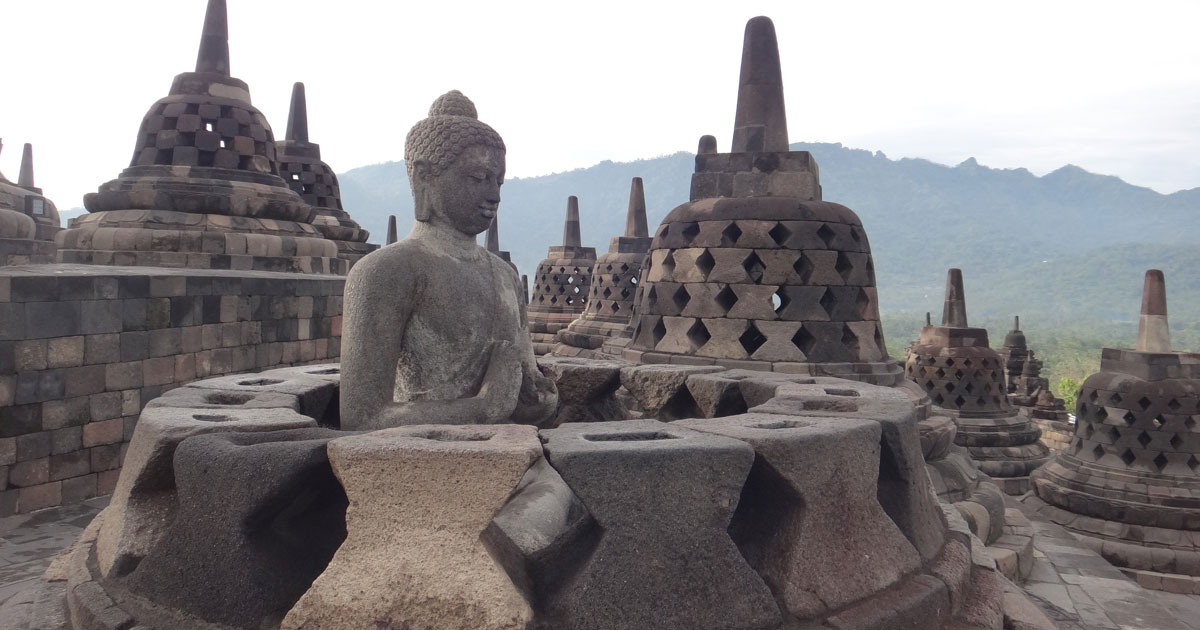

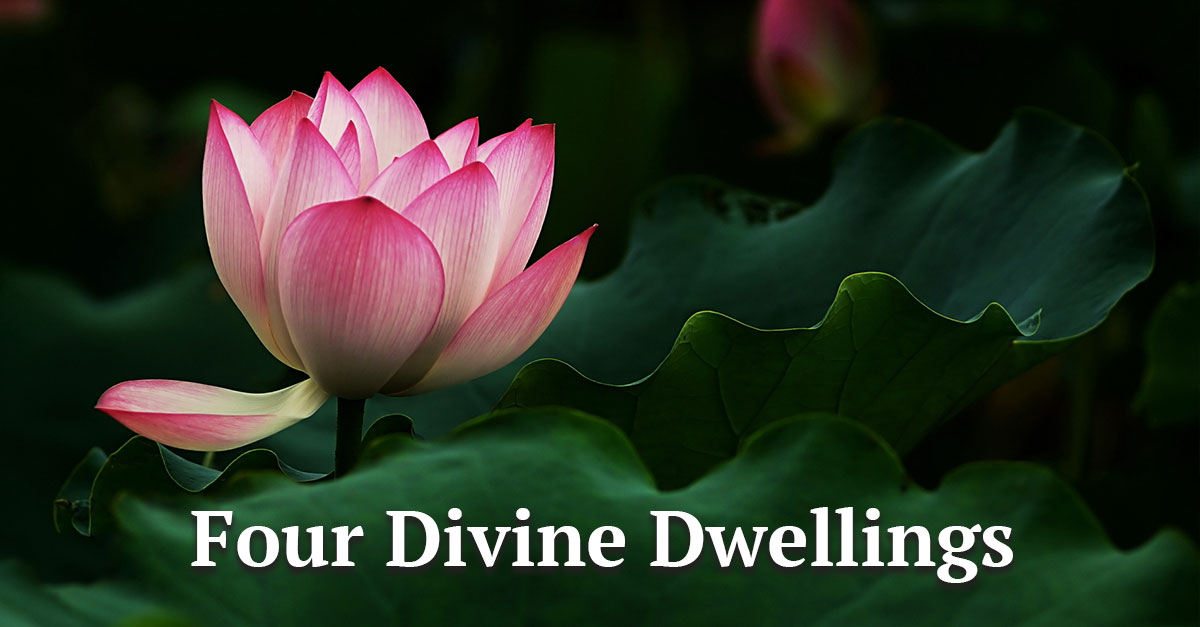
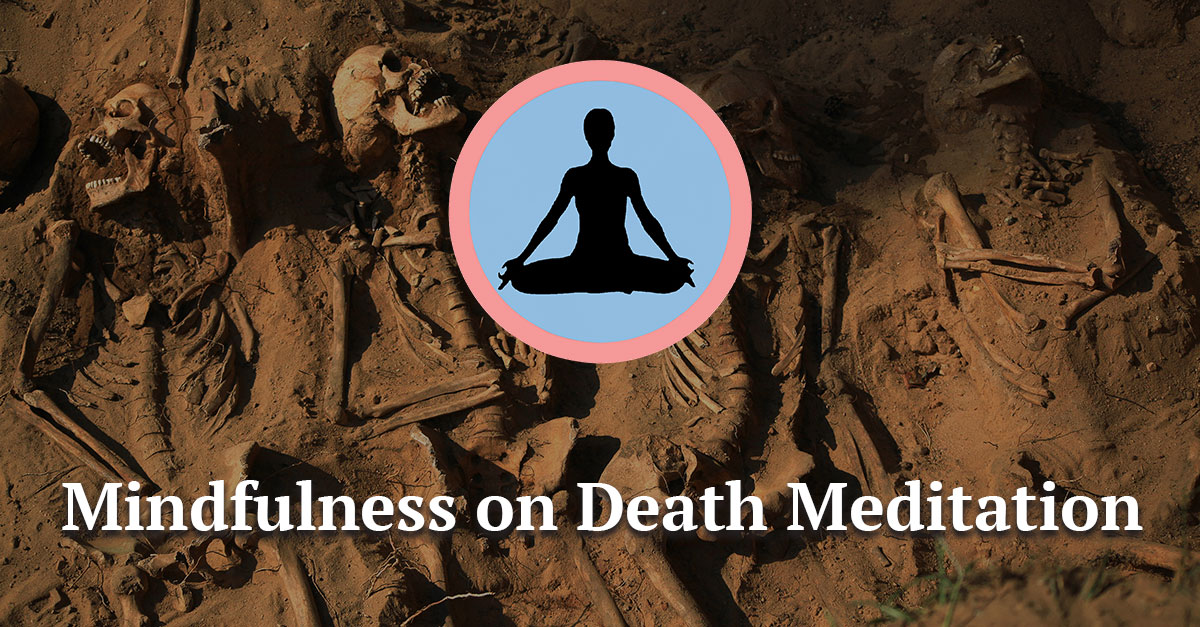
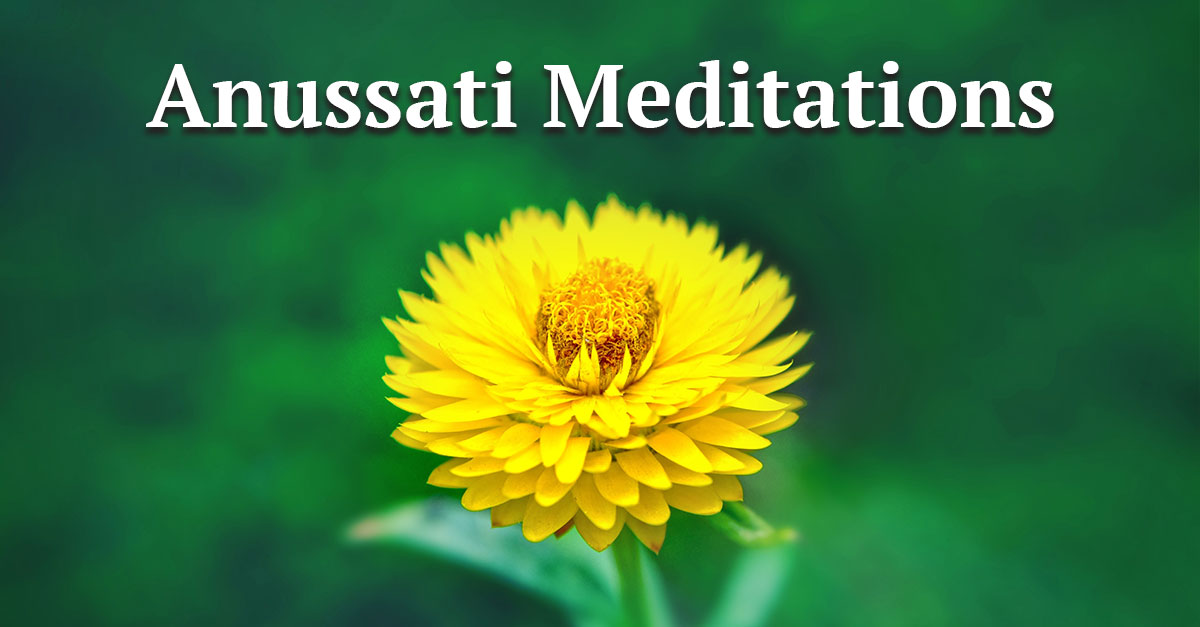
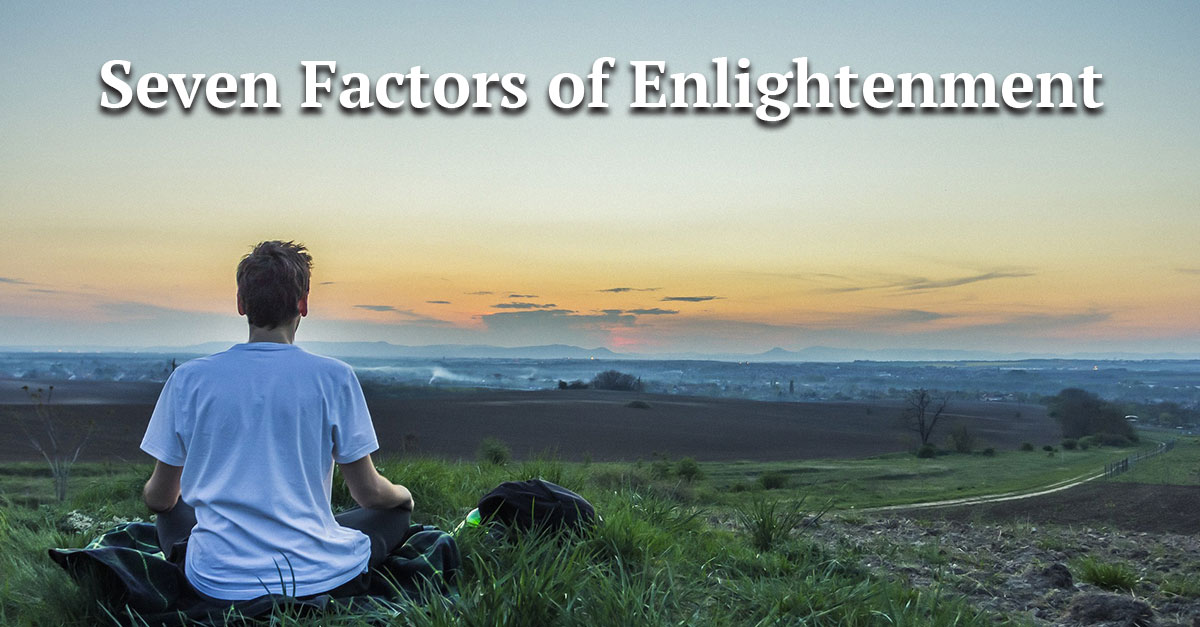
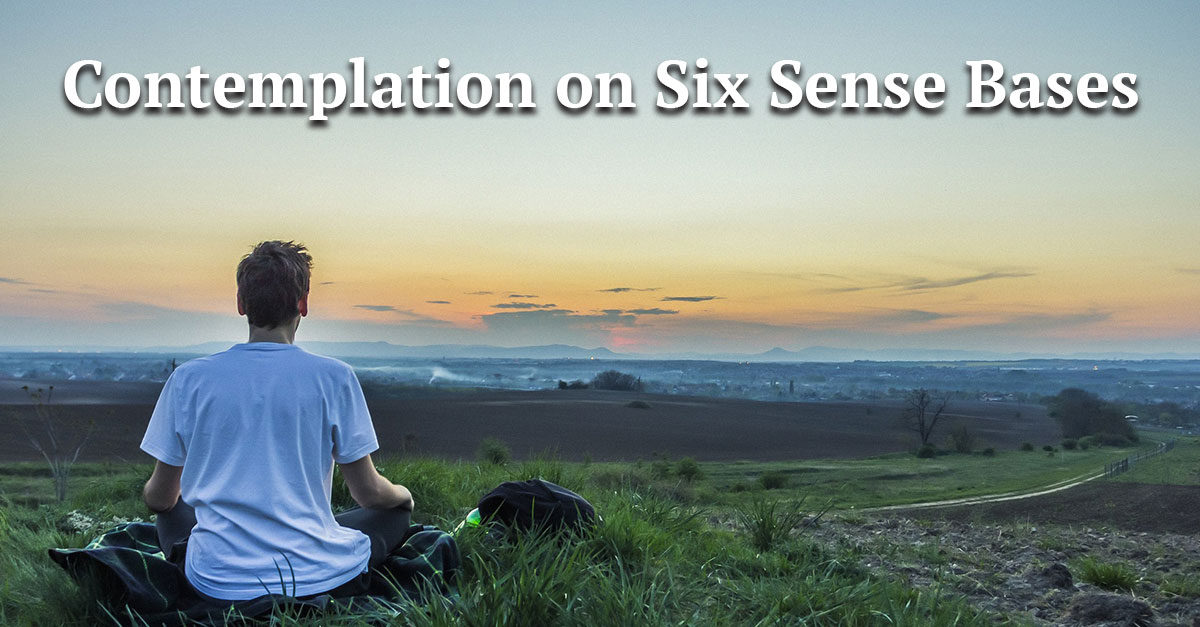
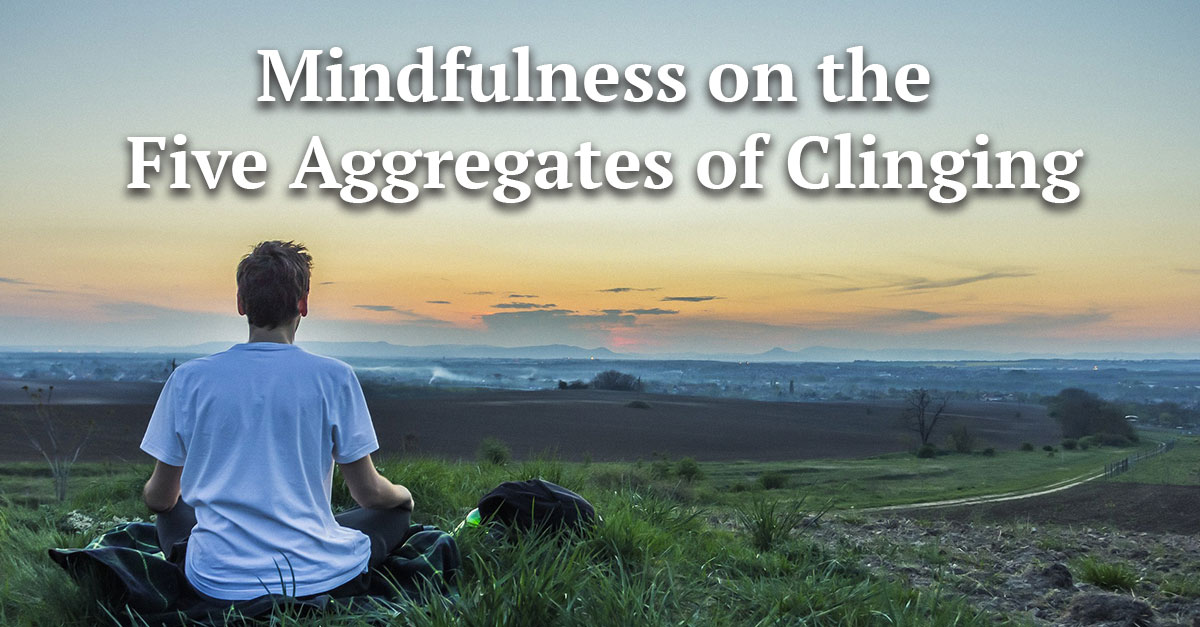



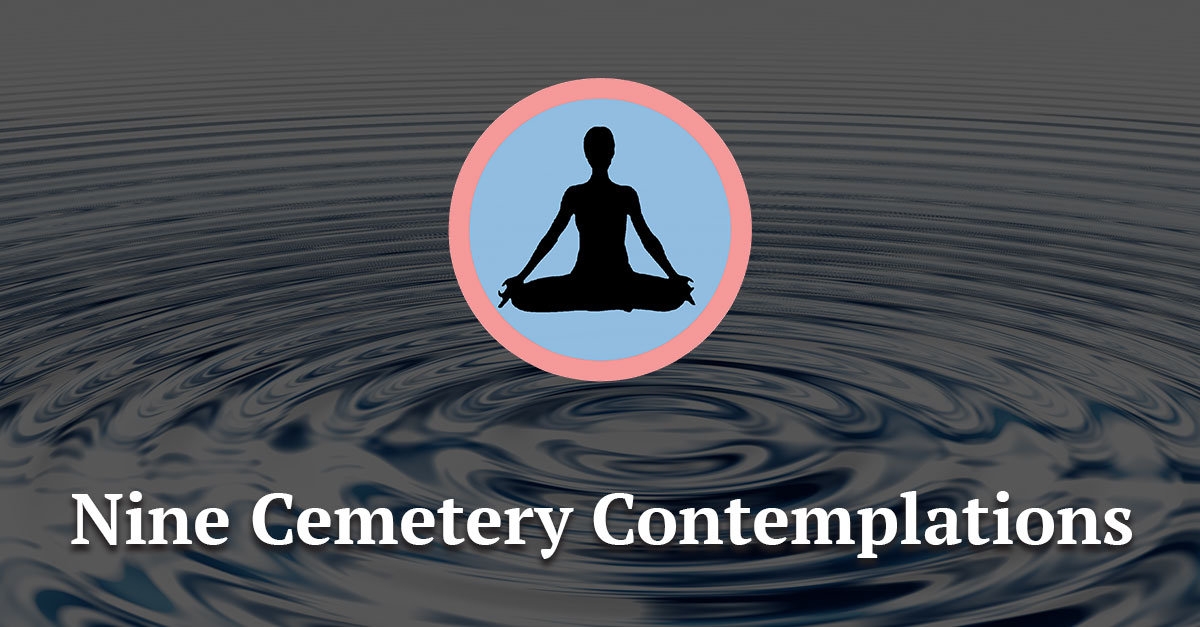
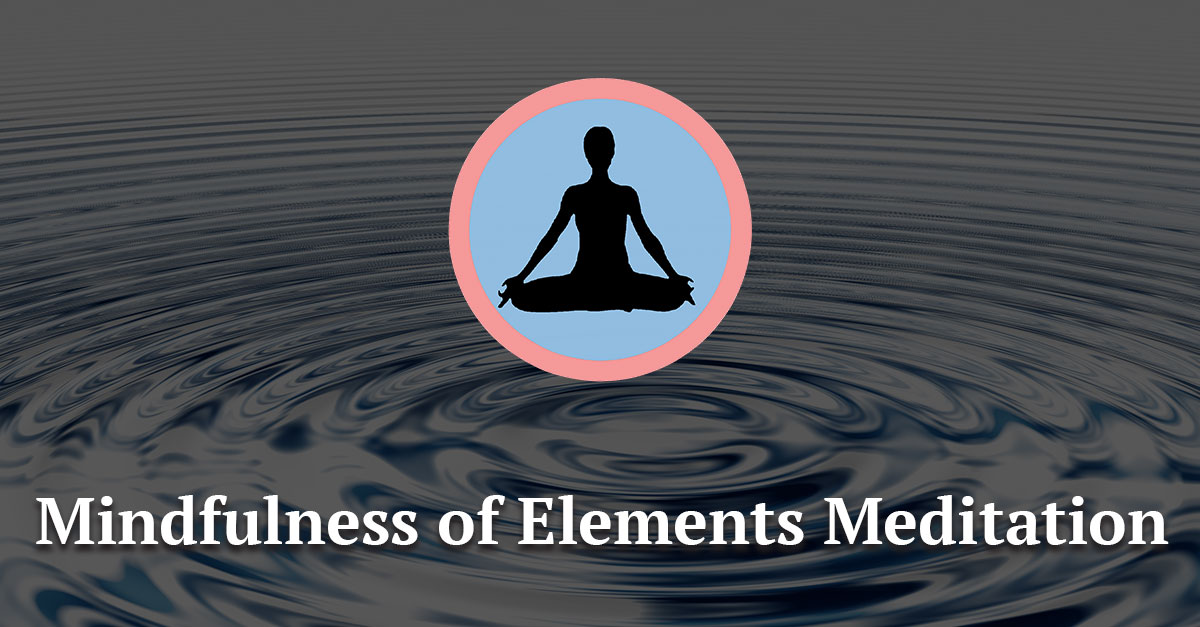
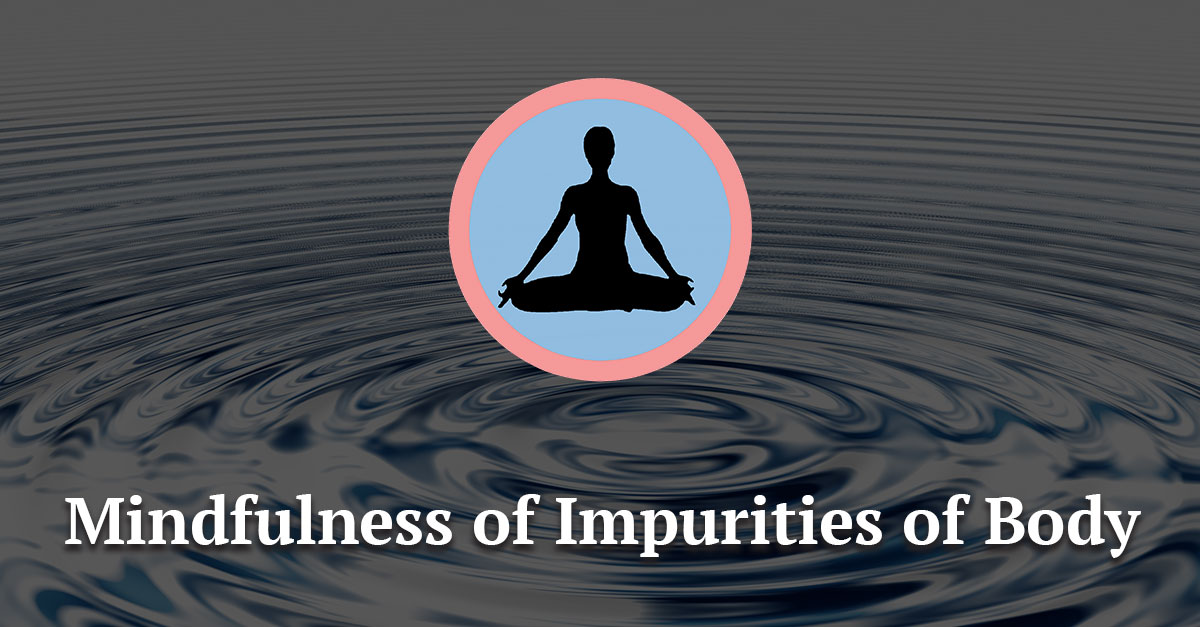
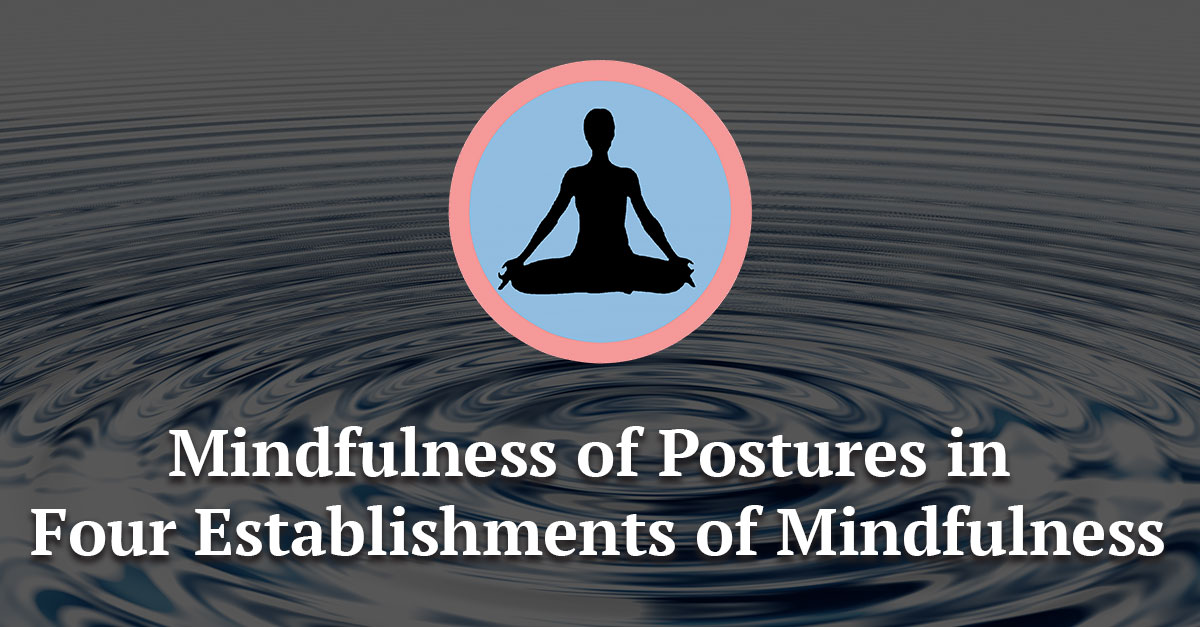
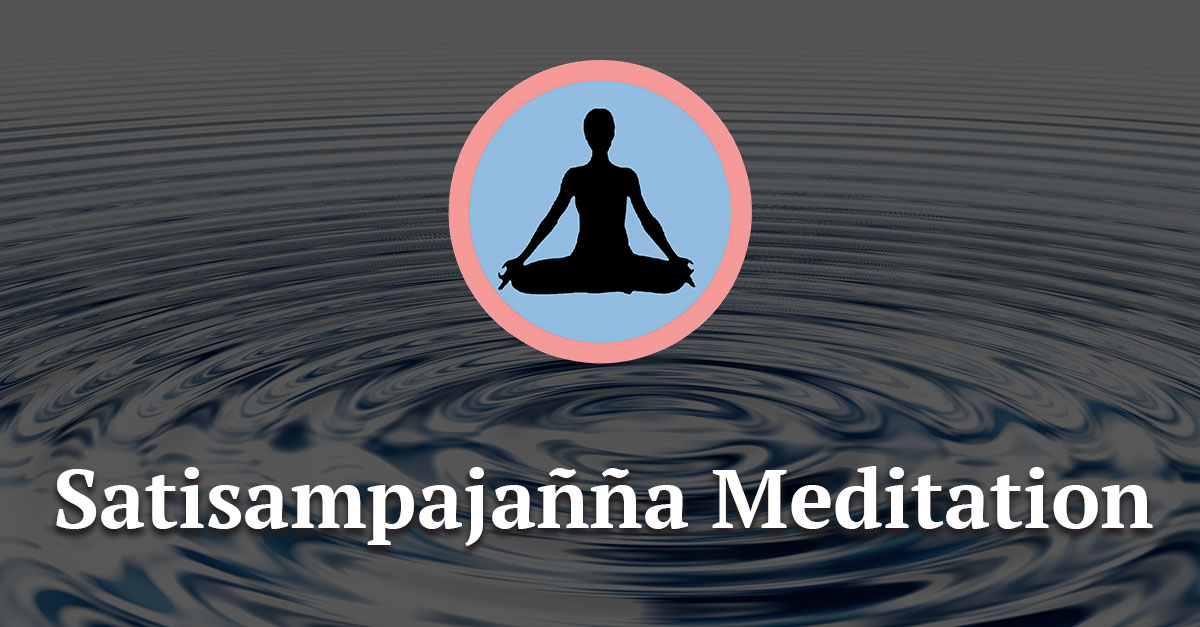
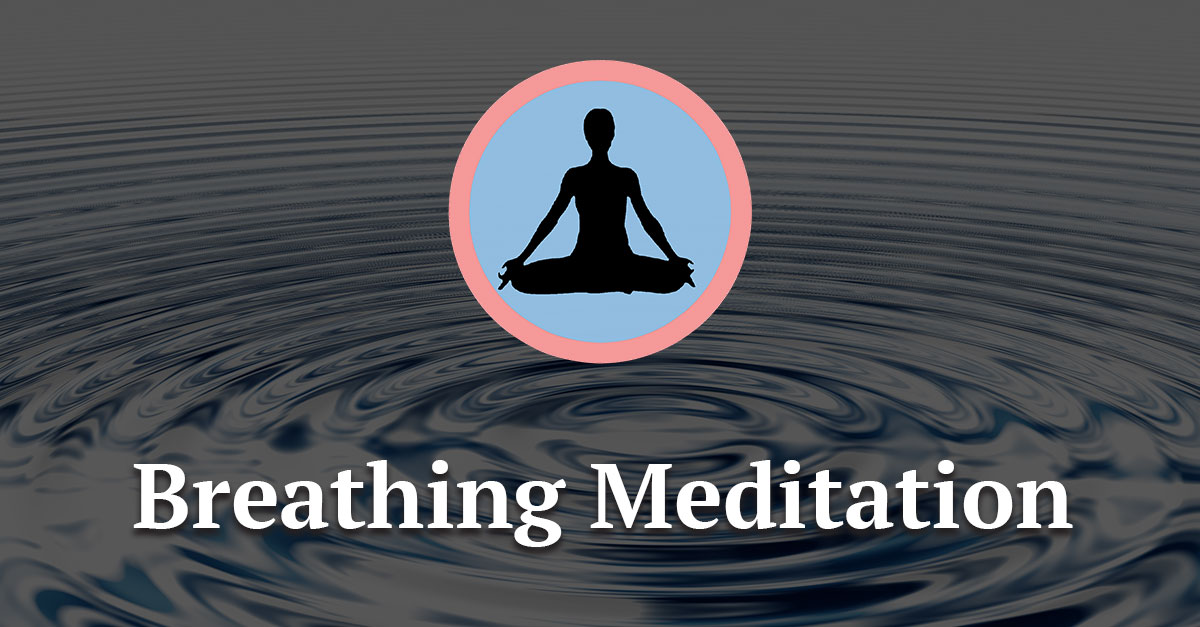
Sadhu 🙏 Sadhu 🙏 Sadhu 🙏
Thank you so much for this precious knowledge 🙏 and thanks for your efforts of spreading the Buddha’s Teachings 🙏
Ahmed Zaki, from Egypt
I double Ahmed Zaki comments and Thank you for spreading the Buddha teaching
I got mesmerized in this article 😇😌.only by reading it reduced my stress.Thank you srilanka team ,you are doing great job !
Lots of love !
From -🇮🇳 India
Just as the great ocean has one taste. The taste of salt. So too does this teaching. The taste of liberation. -Siddhartha Gautama- 🙏🙏🙏